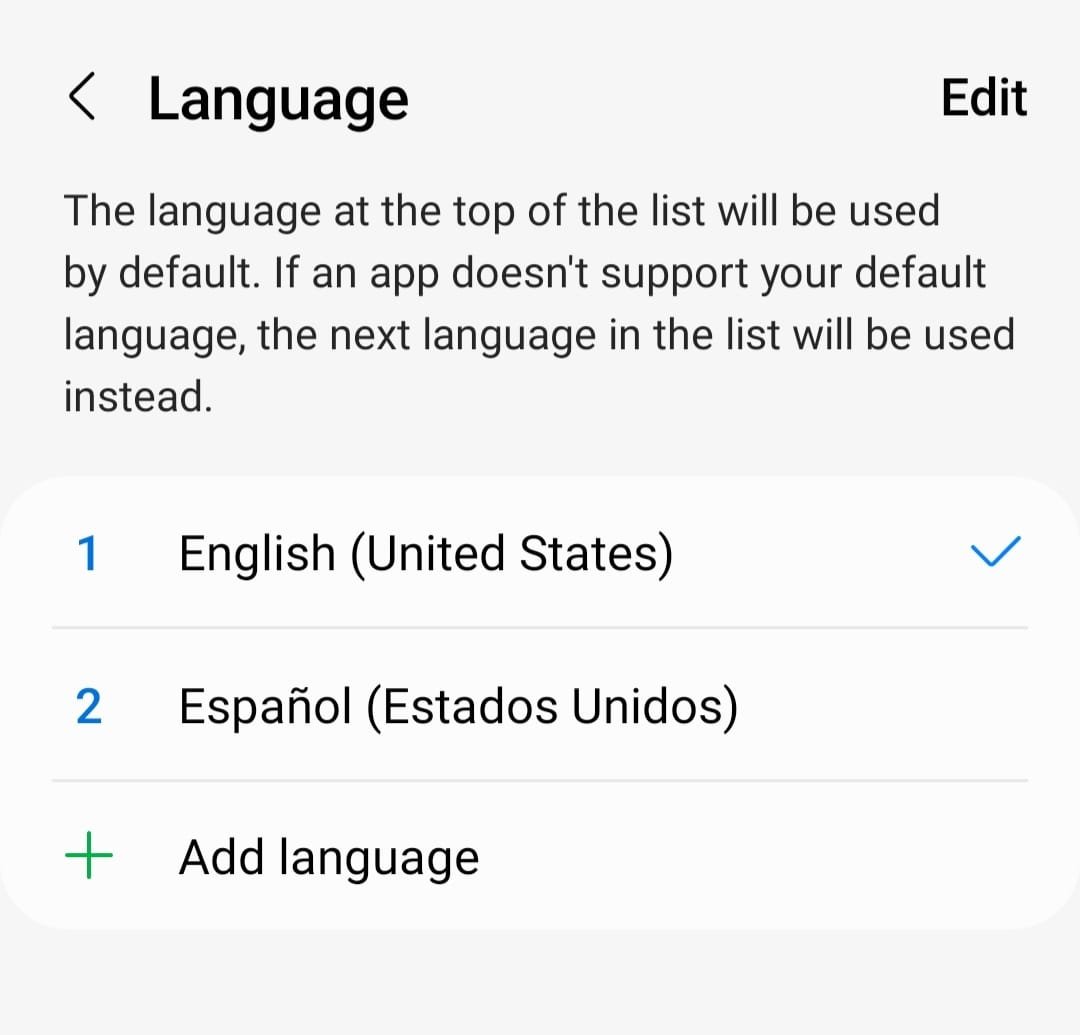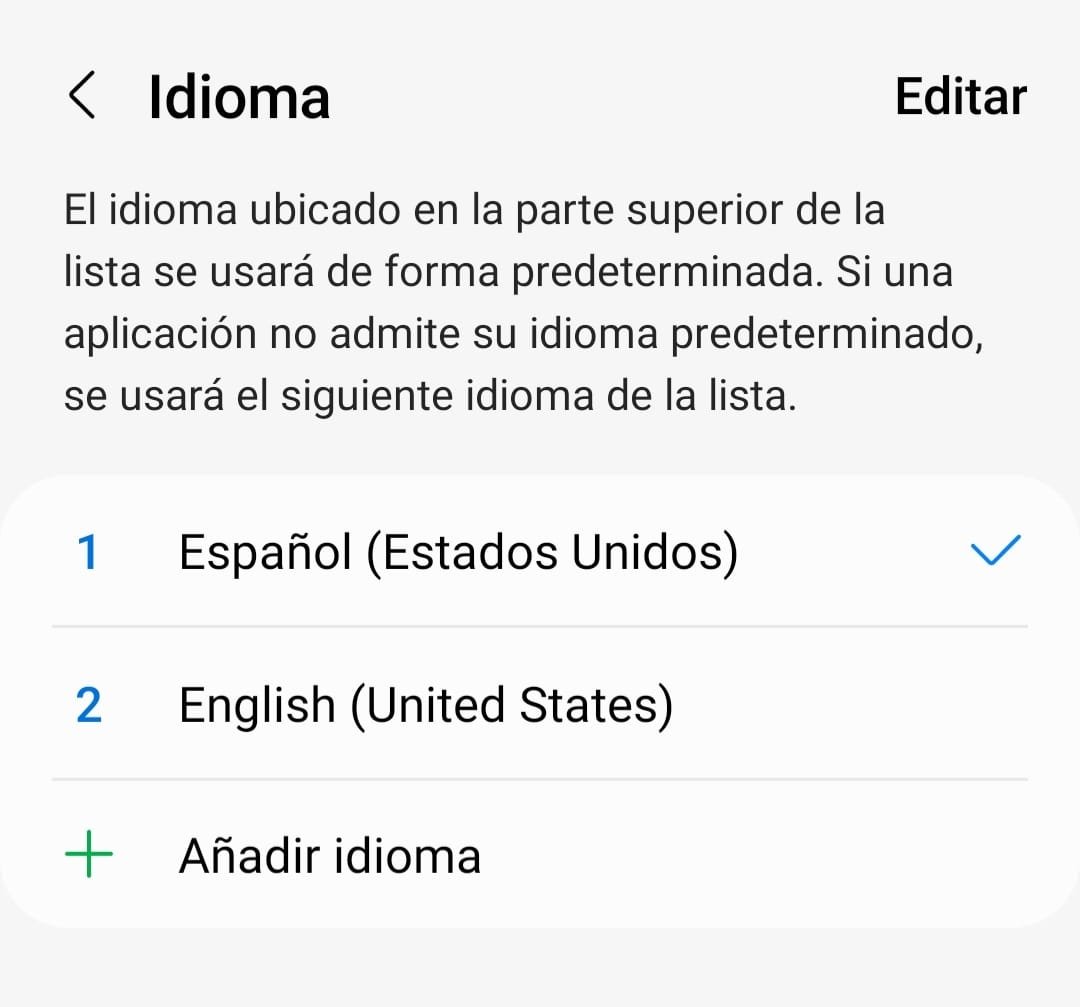Click here to read the previous post, Adjusting to Life in Spain: 5 Days in Galicia
It’s been a little over four months since I moved to Spain, and when Spanish speakers hear me speak their language, they often say, “Wow, you speak really well for only having lived here four months.”
To which I always answer, “I wish I just moved here without a lick of Spanish and got to a fairly conversational level in four months! No, I’ve been learning, off and on, and in different ways, for yeeeears.”
But these comments have made me take stock of how I am progressing with one of my goals: to become fluent in Spanish. So I asked myself, what am I doing to improve my Spanish?
If you’ll indulge me for a minute, the answer to this question requires me to go back a few years to give you the full picture.
My First Love Affair with Spanish
So first of all, when I was about ten years old (Hey, I thought you said “go back a few years.”), I took possession of a Spanish-English dictionary that my stepmom was about to throw out.
Source: AbeBooks
I don’t know why, but I became obsessed with that dictionary and read it like it was a novel, deciding right there and then that I was going to master the language.
Nope. Didn’t even master a word.
Cut to….
Learning Spanish in School
Seven years later, I took a year of Spanish in high school. As soon as languages were an elective and not mandatory (which, in my Canadian case, was French), I ditched français and switched to español. Decades later all I really remember learning in grade twelve Spanish is swear words and the lyrics to “La Bamba”:
Then in university, I made the “lucrative” choice to major in English and, while I was at it, minor in Spanish. The latter entailed four years of learning Spanish grammar and literature, including reading Don Quijote de la Mancha by Miguel de Cervantes in its original language – which is the Spanish equivalent of Shakespearean English.
Source: AbeBooks
As you can imagine, my brain hurt. All. The. Time. And I would often be reduced to tears of incredible frustration during class which was taught entirely in Spanish, by the way, even though I was still learning my conjugations.
After four years did I become fluent? Not even close.
Cut to….
My First Trip to Spain
So after I graduated from university, some friends and I went to Spain for three weeks. We stayed, for the most part, in the small town of Altea on the Mediterranean coast where they didn’t speak English, thus forcing me to rely on my (alleged) newly acquired Spanish skills.
Source: Pixabay
Those three weeks are a complete blank because my brain cells had all shorted out two days into the trip.
Still, even a cranium full of smoking rubbish couldn’t stop me from enjoying my time in Spain. I didn’t get anywhere near fluent in Spanish, but I did witness two fatal accidents which gave me a good grasp of the phrase “¡Ay dios mío!” (“Oh my god!”)
Cut to….
Dating a Spanish Speaker
About eight years later, I moved from Canada to Los Angeles and soon got involved with a man from Mexico who spoke excellent English. I tried to practice Spanish with him, but because his grasp on my language was so much better than my grasp on his, within five minutes we’d be back to speaking English.
All these years later, I remember just a few things from my time with him:
Curse words (for a glimpse into my life with this guy, take a look at these Mexican Spanish swear words).
Because there are no silent letters in Spanish, my boyfriend would always pronounce every letter when speaking English, including the “l” in “would” or “should”. Also, he would always confuse the “y” and “j” and, thus, pronounce “yellow” as “jello” and “jello” as “yellow.”
Idioms are often a head scratcher for people learning a new language (like the time I said that it was raining cats and dogs and he raced to the window to see what the hell was falling from the sky). But there are also equivalents in both languages, such as “Listo, Calisto?” in Spanish and “Ready, Freddy?” in English.
To this day I often say “could” with the “l” or “jello” when I mean yellow just for fun, regularly say “Listo, Calisto” even when the other person doesn’t speak Spanish, and swear like a Mexican sailor.
By now you’d think I’d be at least conversationally fluent in Spanish, right? No sirree, Roberto.
Cut to….
Taking Private Spanish Lessons
In September of 2023 I went/came on vacation to Spain, and to prepare for it, I started private, twice-weekly online Spanish lessons with Laura, a native Spaniard (and a “Super Tutor” on Preply!). I began these classes almost nine months before my trip and this is when the Eighth Wonder of the World occurred: Everything here that I just wrote about ☝️ kicked in and the puzzle pieces started falling into place.
The grammar I learned a hundred years ago in university sprung up from under the paved-over roads of my mind like indestructible weeds, and one day when I was struggling to say a simple humorous sentence in Spanish, out came: “Si supiera decir esto en español, sería gracioso.” (“If I knew how to say this in Spanish, it would be funny.”) Laura stared at me and told me I’d just used the more advanced grammatical tense: the imperfect subjunctive. And then the very next sentence out of my mouth was something like “Cómo se dice dog?” (“How do you say dog?”).
So when I visited Spain that September, I was (mostly) confident about getting around in my newly acquired (sort of) second language. I even wrote about a flamenco show I went to en español!
Artistic rendition of two flamenco dancers.
But was I fluent? Still no.
Cut to….
Moving to Spain
Finally, out of desperation to truly become fluent in Spanish (for the love of dios!!!) I uprooted my life and just bloody moved to Spain.
Artistic rendition of having just moved to Spain!
By the time I moved here in June of 2024, I could speak Spanish like a five year old. With a learning disability. But I really want to be able to speak a second language like a native. I mean, the idea of reading entire novels, having hours-long conversations about the meaning of life, and verbally dueling with any government bureaucrat in a whole other language is one of the most exciting things I can imagine achieving! It would feel like some kind of elaborate magic trick to me.
But I know that just being immersed in a Spanish-speaking country is still not enough. Not to become truly fluent, at any rate. So, now that I've moved to Spain, here are some of the things I continue to do in my effort to achieve this goal:
1) Read Books in Spanish
I regularly read books in Spanish that I’ve already read in English so at least I’m familiar with the general story. Started with young young adult books, progressed to Harry Potter, and now am reading Fortaleza Digital by Dan Brown. (Don’t judge me; I’m picking books that are, shall we say, very simply written.)
Source: AbeBooks
I should mention that reading and writing Spanish is much easier for me than speaking and listening because I can do it at my own pace and all the words are not jammed together into one long, unintelligible word.
2) Watch Spanish-Dubbed Movies
I watch movies and TV shows – either original Spanish content or, as with books, English-language films and shows I’m already familiar with that are dubbed in Spanish. Like Seinfeld! By the way, the Latin American Spanish has the best actors for this show:
3) Change Phone’s Language to Spanish
I changed my phone’s language to Spanish so that five hundred times a day I am forced to figure out Spanish just to use my phone.
English language option in “settings” on my phone.
Spanish language option in “settings” on my phone.
4) Use Google.es
I use Google.es (or just Google.com but type my queries in Spanish) to get results in my new language.
5) Go to Language Exchange Meetups
I attend a Spanish-English language exchange meetup every week to practice speaking Spanish with regular people while drinking alcohol.
6) Refuse to Speak English
I speak Spanish to everyone in Spain even when they revert to English, as they regularly do when hearing my North American accent. Sometimes they keep speaking English to me even when I continue in Spanish.
So after two vermuts de grifo (vermouths on tap) at a bar called MARS, I asked the bartender if he was speaking English to me because my Spanish was so crappy that he couldn’t understand it.
He said that when he heard my accent, he just spoke English to help me out, assuming (as with most English speakers) that I did not know more than a few key sentences.
“But then,” he said in Spanish with a smile, “you insisted on speaking Spanish to me, so I finally switched back.”
Ah, the art of persistence.
7) Keep Taking Spanish Lessons
And, the seventh thing I do in my effort to become fluent in Spanish is continue to take two hour-long Spanish lessons per week with my incredible teacher Laura.
Source: Preply
I highly recommend her (she can easily adapt to your skill level as well as your preferred method of learning in general), but even if you don’t work with her, I still suggest taking regular lessons with a native Spanish speaker.
It’s easy to think that if you just live in a Spanish-speaking country you’ll naturally learn the language, but that’s not really true. You may become basically conversational, but you won’t understand the grammar or syntax, which is essential for fluency.
Bonus tip: Translate App
I know this is not practicing Spanish, per se, but it is helping me understand Spanish.
I use the Google Translate app’s camera feature when reading books or menus or signs in stores, etc. (just hover your phone over the Spanish text and voila! instant English translation).
I also use the Google Translate browser extension for deciphering websites. Once you install the extension, it’ll then pop up to give you the choice of translating the whole page from Spanish to English (or whatever languages you choose).
You can also just highlight a word or paragraph, click on the little blue “G” icon…
And instantly get a pop-up box of the translation…
Today in the supermarket, a woman held up a package of ground beef and asked me: “Cual es la fecha de caducidad de esto?” (“What’s the expiration date on this?”).
I peered at the package’s tiny writing, trying in vain to find the info. Then, just as I started to say “Lo siento, no puedo encontrarlo” (“Sorry, I can’t find it”), I spotted it and triumphantly declared, “El veinticuatro de octubre!” (“October 24th!”).
My feeling of triumph was not actually about finding the date. I felt triumphant because I was taken for a Spaniard. Or at least the woman assumed that I spoke Spanish well enough to understand her question. As far as I’m concerned, that’s a win!
So these are the ways I have been/am/will be practicing Spanish in order to become fluent!
Click here to read the next post, Adjusting to Life in Spain: My First Visitors to Madrid!
Note: All photos taken or created (using DALL-E) by Selena Templeton, unless otherwise noted.
If you enjoyed reading this travel blog, check out some of my other adventures:













